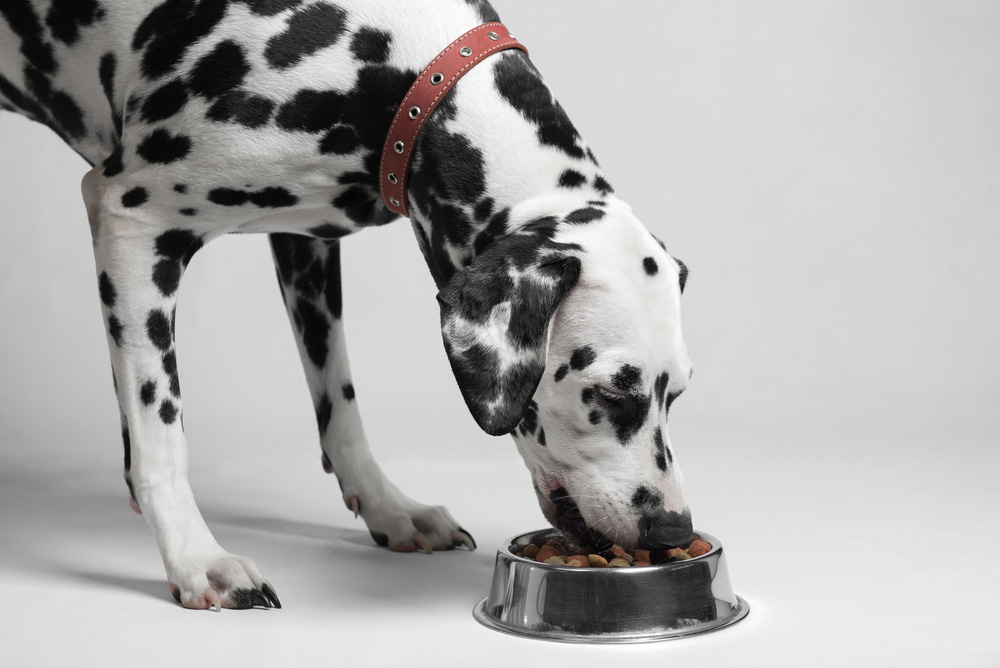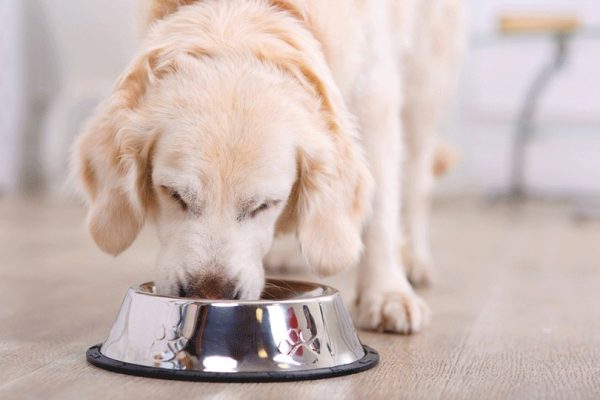In this article
View 5 More +You’ve got a healthy litter of puppies, but what about their mother? Some dogs develop seizures after they have puppies, and it’s generally a life-threatening condition. Why does this happen, and how can it be prevented? The most common cause of a dog having seizures after nursing is eclampsia. Let’s take a deeper look.

Why Did My Dog Have a Seizure After Nursing Puppies?
The most common reason dogs have seizures when they’re nursing puppies is due to eclampsia. Your dog’s calcium levels can dip dangerously low, leading to seizures or tremors.
There are certainly other possibilities for a dog to have seizures, such as liver disease, trauma, and an underlying neurologic condition. While these conditions should be on your veterinarian’s list of differential diagnoses, eclampsia is likely at the top.

What Is Eclampsia?
Eclampsia is known by several other names, including milk fever and lactational hypocalcemia.
In eclampsia, your dog’s calcium level gets very low, mainly due to the amount of milk it produces. It typically occurs at peak lactation, usually two to three weeks after the puppies are born (although it can occur before the puppies are born or after this highest point of lactation).
Small breed dogs are most commonly affected, especially if they have a large litter of puppies. Breed examples include:
In addition to usually being a smaller dog, there are several risk factors for dogs developing milk fever:
- Not eating a diet designed for growth with plenty of calcium
- Getting too much calcium supplemented when pregnant
- Hormonal issues that affect calcium levels, such as problems with the parathyroid gland
- Producing too much milk too quickly
- Low protein albumin levels, which help to transport calcium in the body

Signs of Eclampsia in Dogs
Signs of milk fever can progress quickly from being restless to full-blown seizures, sometimes in under an hour. Initial signs of eclampsia include panting or drooling, which can indicate discomfort or nausea. Your dog’s movements may become stiff.
Calcium helps regulate muscle movements, so when your dog becomes hypocalcemic, you can see:
- Tremors
- Lack of coordination
- Seizures
- Elevated body temperature (hyperthermia)
- Death
Seek veterinary advice if you’re concerned about your pet’s well-being.
Treating Eclampsia in Dogs
If you see any signs associated with milk fever in your dog, get your dog to a veterinarian immediately. At the veterinary hospital, your vet will check your dog’s vitals and run blood work, particularly checking the calcium level.
If your dog is unstable, the veterinary team will likely start your pet on IV fluid therapy. They’ll slowly replace your dog’s calcium levels, monitoring for changes such as cardiac arrhythmias.
If your dog shows other signs, such as hyperthermia or tremors, your veterinarian will likely treat those. Your vet might use anti-seizure medication or muscle relaxers. Additionally, the puppies need to be weaned quickly, and your dog will likely need a calcium supplement.
Preventing Milk Fever in Dogs
Make sure your dog is eating a quality puppy food in the later stages of pregnancy and when nursing the puppies. Puppy food is formulated for growth and contains higher calcium levels than standard pet food.
Only use calcium supplements if your veterinarian suggests them. Supplemental calcium can cause your dog’s body not to recognize and respond to its internal calcium levels, potentially leading to eclampsia.
Especially if your dog has many puppies, give them a hand and feed them a supplemental milk replacer periodically.


Frequently Asked Questions (FAQ)
Can a dog die from milk fever?
Dogs can pass away from milk fever in a short period, as little as 30 to 60 minutes. The seizures and muscle tremors can impact your dog neurologically and also cause potentially fatal hyperthermia.
Can you treat milk fever at home?
You should not treat milk fever at home. While dogs with milk fever usually only need to be hospitalized for a portion of the day, they typically need IV supportive care and monitoring.

Conclusion
Eclampsia is a scary condition that can cause your dog to have seizures after nursing her puppies. At the first sign of muscle tremors or incoordination, contact your veterinarian. If caught early, most cases are treatable.
Featured Image Credit: Anna Hoychuk, Shutterstock



















